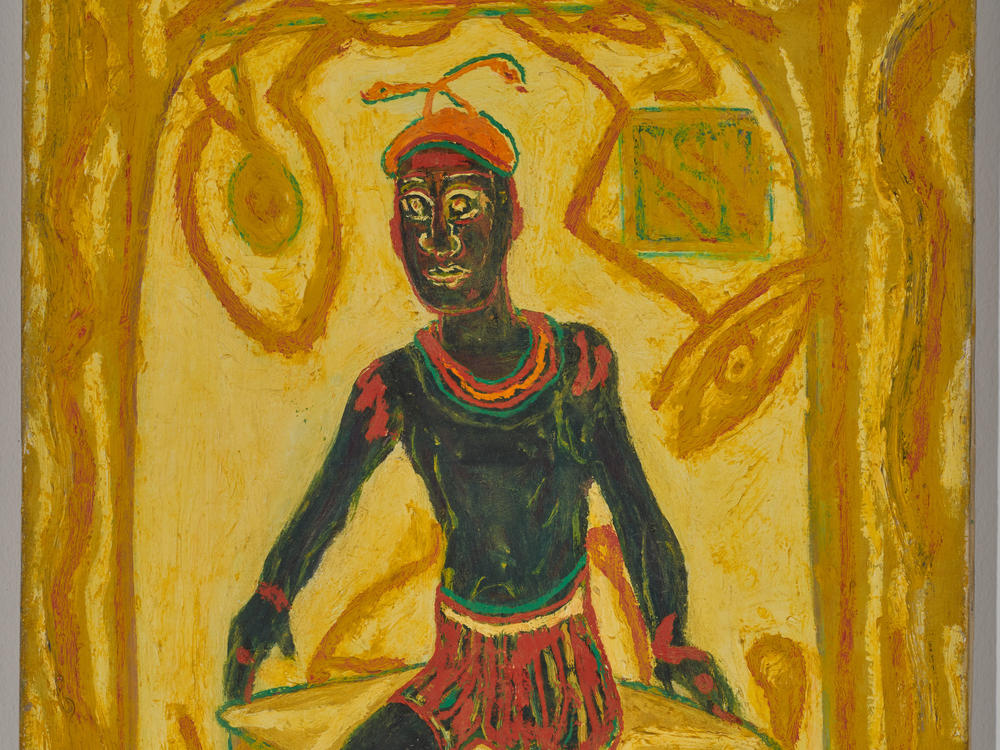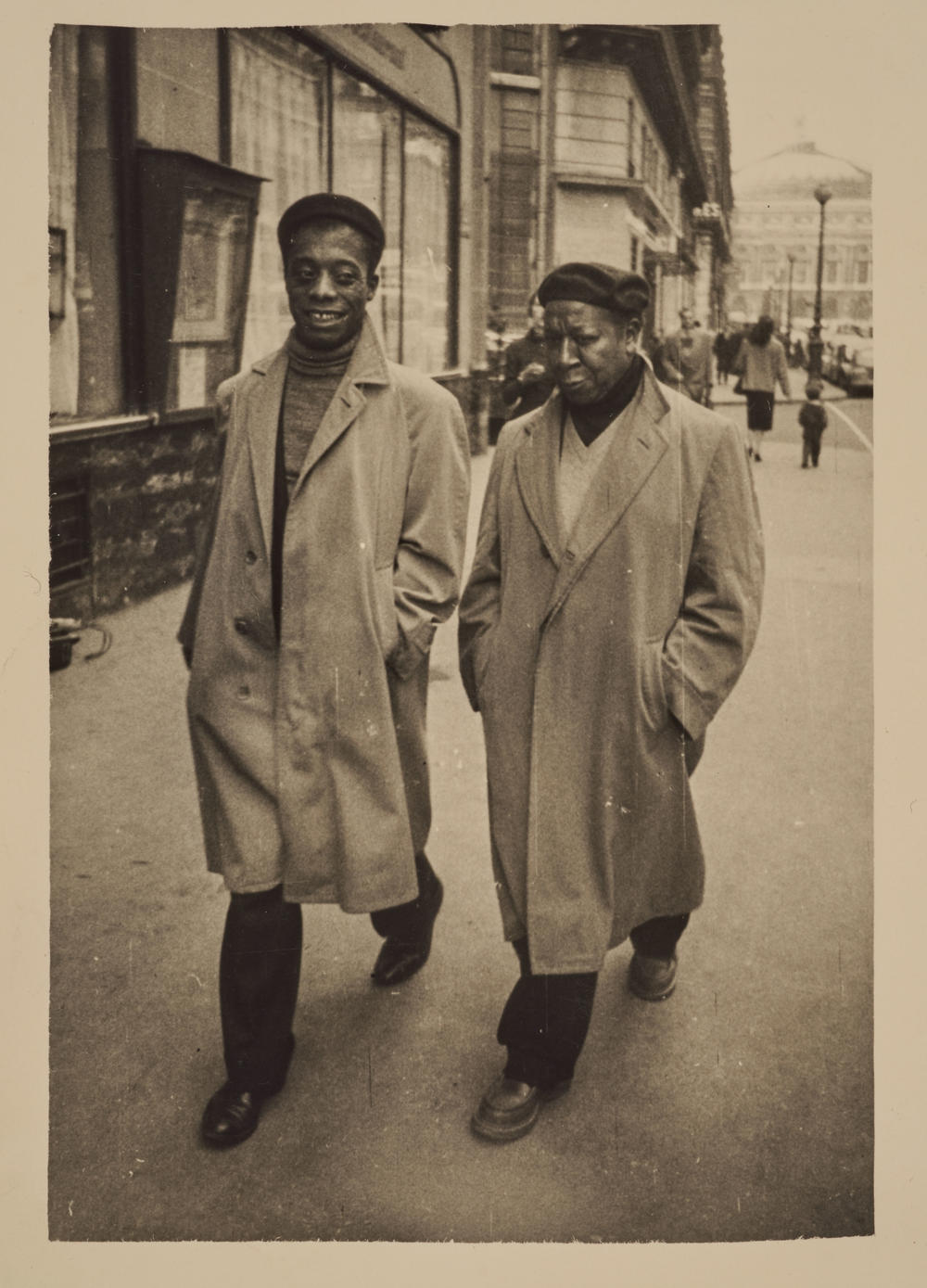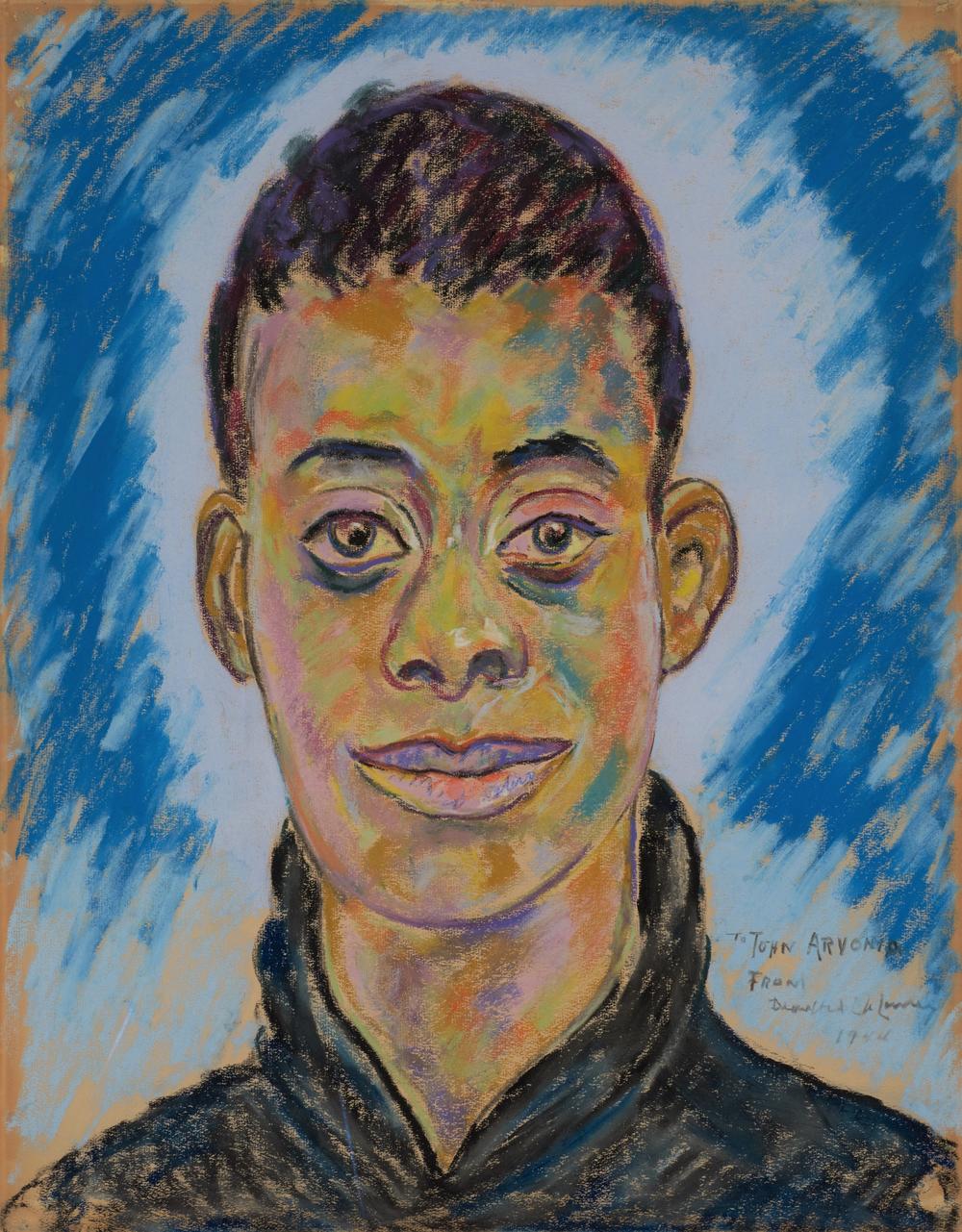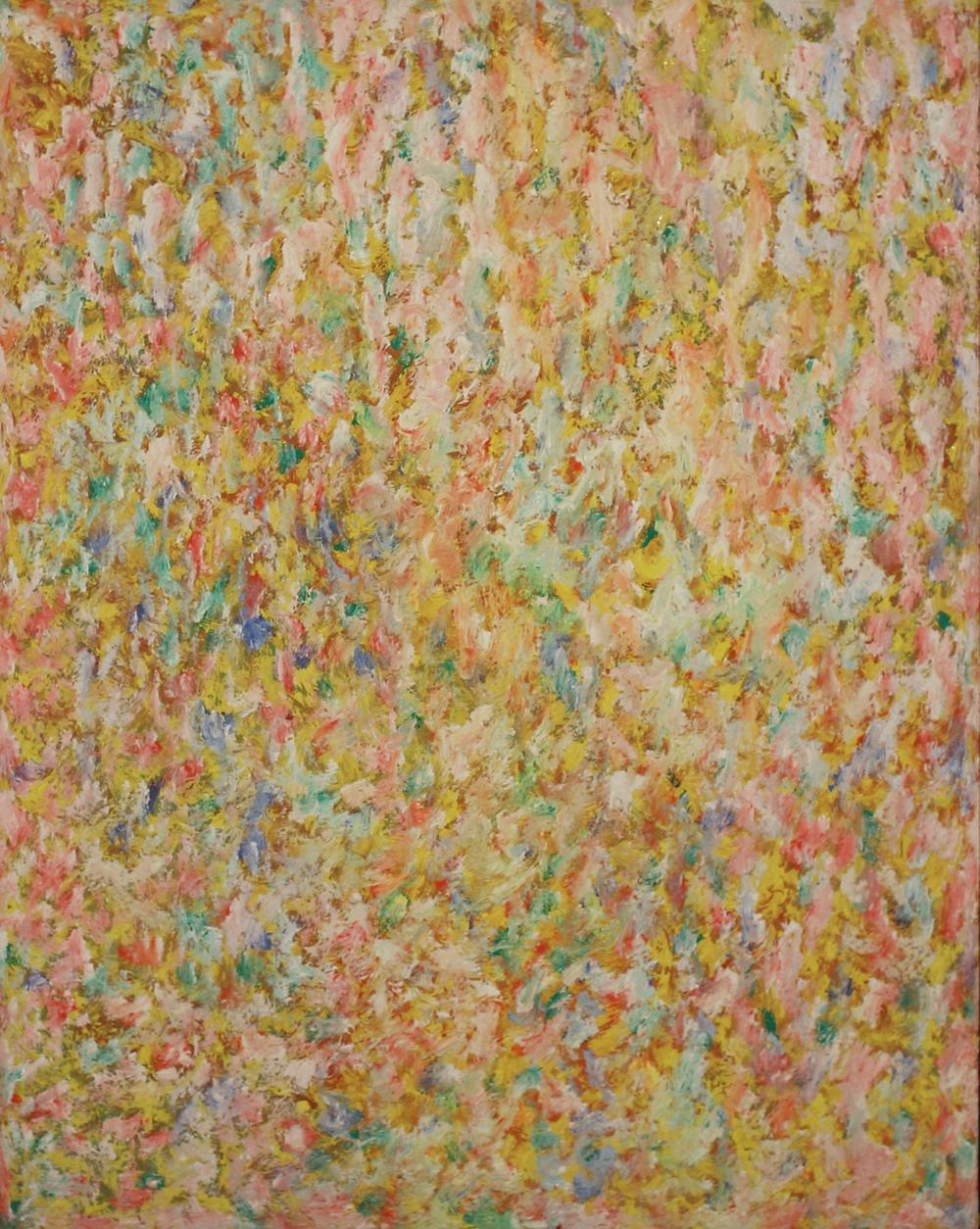Section Branding
Header Content
Knoxville and Paris make plans for Beauford Delaney's art to get its due
Primary Content
Residents in Knoxville, Tenn., and Paris, France, are trying to make sure Beauford Delaney doesn't get lost to time.
He's one of many noteworthy American artists of the 20th century.
Delaney interacted with the entire canon, using techniques of Van Gogh, the color of Fauves, and design principles of abstract expressionism. His work was grounded in spontaneity and emotion.
Knoxville writer and historian Jack Neely says going to the Knoxville Museum of Art's show of Delaney in the 1990s opened his mind to abstract expressionism.
"That show just kind of flipped a switch in my brain and I saw, 'Wow, this is amazing'," he says. "It was like swimming, or something, in another world. It was like it was moving almost."
The Knoxville Museum of Art has the largest collection of Beauford Delaney's work.
When you're on the second floor in the "Higher Ground: A Century of Visual Arts in East Tennessee" exhibit and wind yourself around two corners you're greeted by a self-portrait of Delaney.
"It looks like it's an Egyptian pharaoh sitting on something like a surfboard or a coffin in a yellow room," 11-year-old Jesse Wojcik says. One of his classes went to Paris for an exchange program in 2018 to learn about Delaney.
The self-portrait Cole is looking at is Delaney sitting in a bathhouse in Paris.
The painting sits next to Beauford's well-known brother Joseph.
The brothers learned to draw together on Sunday school cards at church.
Both went on their own journeys into New York's art scene. Both are known in parts of the art world, Beauford more than Joseph, and both could use a boost.
Joseph's work celebrated the liveliness of lower Manhattan. He also did portraits of Eleanor Roosevelt, Eartha Kitt and others.
Joseph and Beauford's work are international art magnets for Knoxville.
Beauford Delaney left his hometown when he was 23, and sparingly visited.
"Knoxville itself has become surprised by how the power of an African American artist and creativity has pulled the best out of this part of the world," art collector and museum trustee Sylvia Peters says.
Beauford Delaney left home for art school in Boston. Then he headed to New York City, where the energy of the Harlem Renaissance caught his imagination.
"Generally, when he is depicting skin and especially darker skin, you get much more kind of riotous color play going on," author Mary Campbell says. She's writing about religious themes in Delaney's work. (She also happens to be the mother of Jesse Wojcik.)
While in New York for over two decades, Delaney starts to get a reputation for his portraits of well-known Black people such as W.E.B DuBois. He also creates a lifelong mentorship with a young James Baldwin.
Life magazine picked up on Delaney's art buzz and profiled him.
That got the attention of his hometown's newspaper that wrote then that there would be a shrine of his childhood home.
But the writer and historian Jack Neely says that was erased when the government wiped out the Black neighborhoods.
"People were interested in that in 1938, and 30 years later, we completely forgotten about it," he says.
In 1970 when Delaney visited home, Neely says it's likely he saw his neighborhood was gone. Now his childhood home is the site of a federal law enforcement credit union.
Two decades earlier, Delaney went to Paris on a fellowship trip to learn more about abstract painting. He made the city home. Baldwin was also living in France at the time.
After the World Wars, America finally gets a chance to lead an art movement with abstract expressionism.
But Campbell says straight white men got most of the attention.
"We persist in drawing this distinction between some supposedly racially neutral American art and African American art as a totally false distinction," she says.
Depending on where you look, some biographies limit Beauford Delaney's story to the Harlem Renaissance.
When Delaney died in 1979 in Paris, Campbell says he didn't have the money or connections to make sure his legacy was cemented.
"He doesn't have an attorney writing a will for him to make sure that after he dies, his work goes into specific collections," she explains.
But the communities in Paris and Knoxville are making bold moves to make sure Delaney gets attention.
In Paris, there's a self-guided tour that goes near Delaney's former studio and includes other stops that recognize where he was in the city.
The Delaney Project is setting up a student exchange project for students in both countries to learn about each other through creation and conversation. They're also setting up a biennial cultural event that promotes art forms connected to the legacy of Delaney.
Next year, the Knoxville Museum of Art will loan his work to another museum.
Plus, there's a museum under construction to honor Joseph and Beauford Delaney.
Copyright 2022 WPLN News. To see more, visit WPLN News.
Bottom Content




